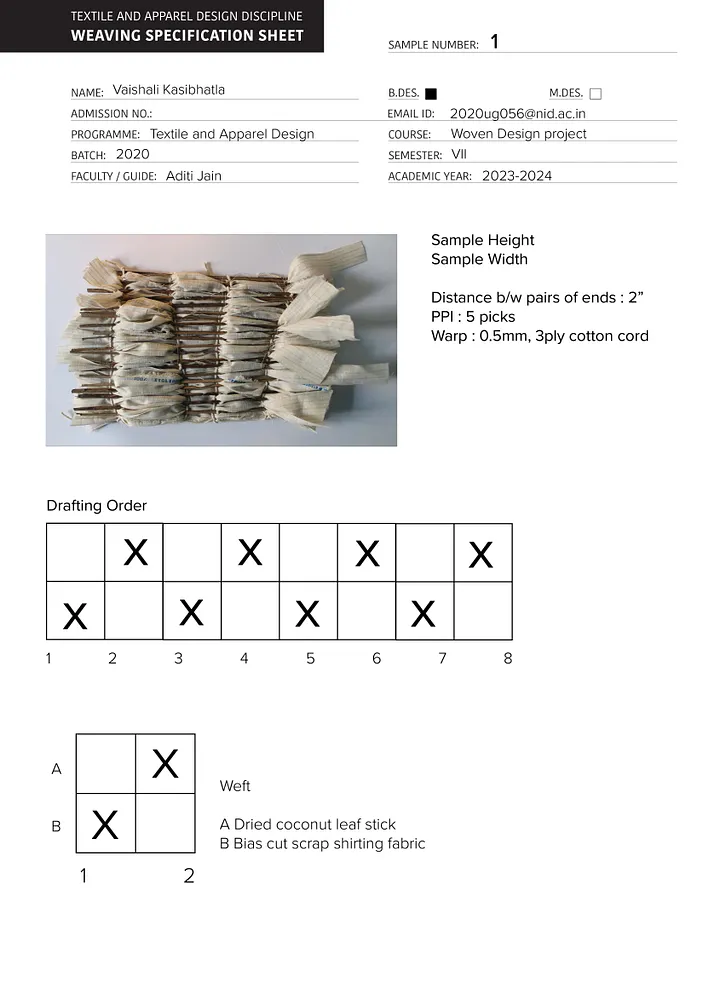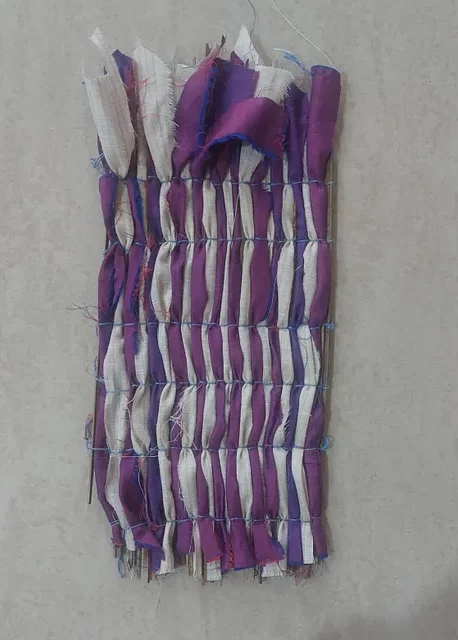Thrilled by the opportunity to teach a weaving course at NID Vijayawada for Textile and Apparel Design students (I’m a weaving enthusiast after all!), I embarked on a unique challenge: a four-week online module delivered in November-December 2023. NID’s campus restructure meant the students wouldn’t have access to their desk looms.
So, the question was: how does one conduct a woven design project without looms?
Fortunately, the students were already well-versed in advanced weaving techniques and structures. My goal was to design a flexible course that wouldn’t limit them to specific tools or rely heavily on campus resources. More importantly, it had to be engaging enough to hold their interest for a full four weeks.
We began by diving into the vast world of interlacement, exploring various weaving, braiding, knotting, and even non-textile techniques. Through research and discussion, they delved into everything from tablet weaving and sprang weaving to tapestry and back-strap weaving. Over the next week, each student identified one or two techniques that interested them. They then did a deep dive, researching the history, traditional uses, and contemporary applications of their chosen technique, with the ultimate goal of setting it up themselves.
The limitations actually fuelled the students’ creativity! It was inspiring to see the resourcefulness they displayed in utilising everyday materials. Nikita used pencils as bobbins to try her hands at bobbin lace making, Vaishali used paint bottles as weights for her chick making, Anushka used fallen branches as her warping frame.
Another key component of the course was documentation. The students were required to create detailed blog posts detailing their entire creative process. So often, we get caught up in the final product and lose sight of the journey. This documentation served as a valuable record of their exploration and growth.
The final two weeks were dedicated to thoroughly exploring their chosen techniques, with ample opportunity for peer discussion and exploration of potential combinations. The projects ended as works in progress, encouraging the students to keep experimenting!
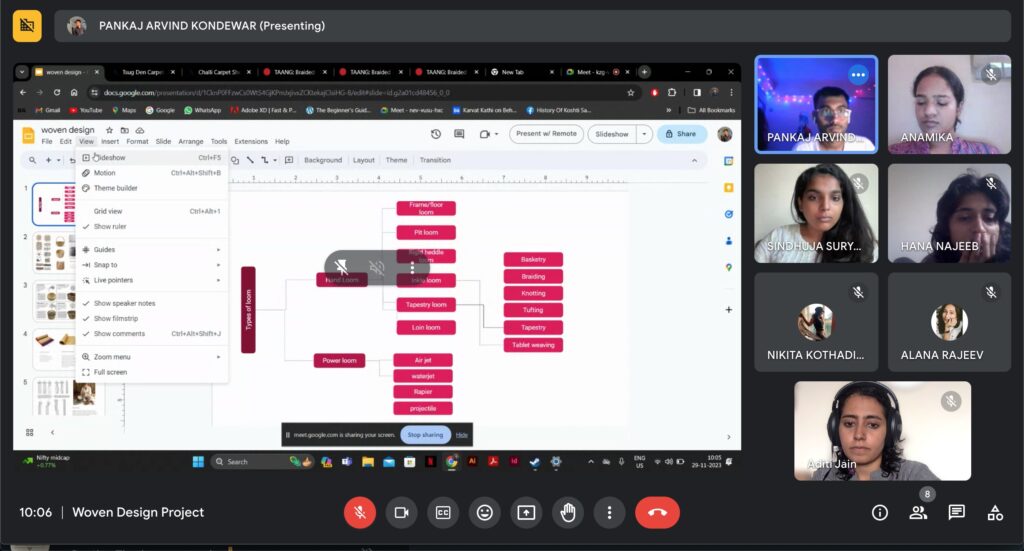
Students work:
Here are links to the blogs and some visuals showcasing the creativity of the students involved.
All images are courtesy of the respective students.
Anamika‘s exploration in darning uses an intersting combination of found material.
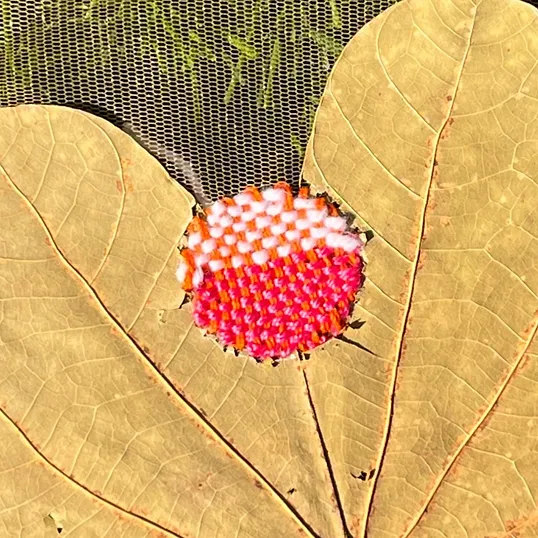
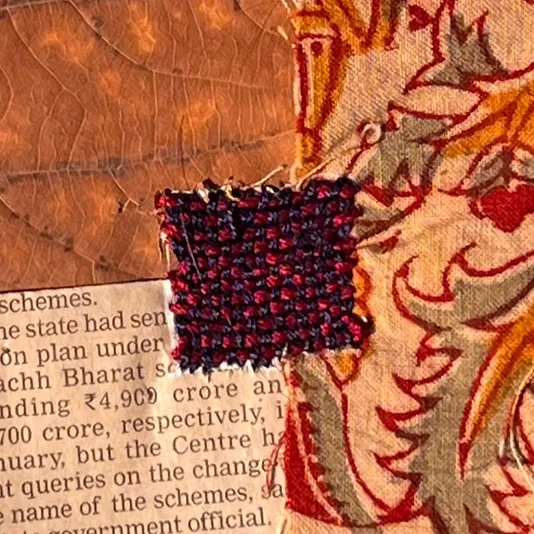
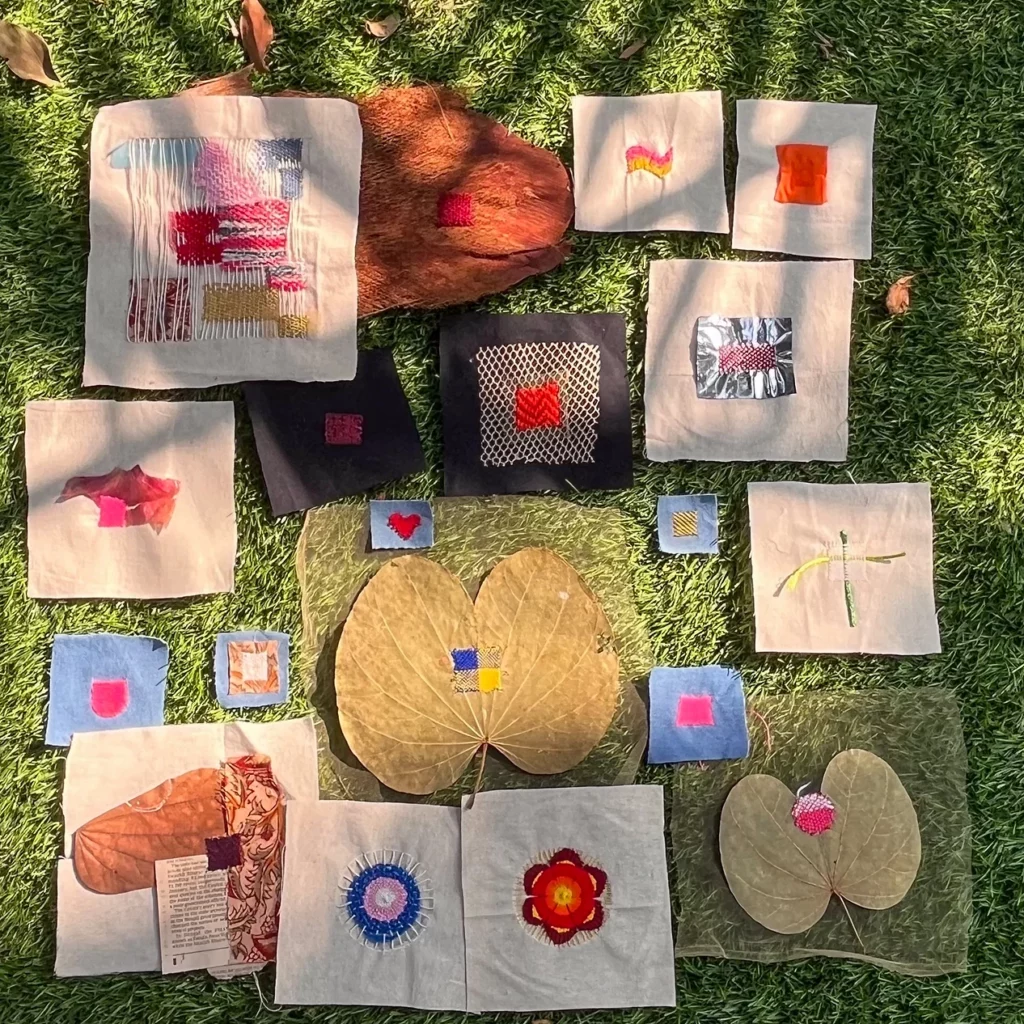
Alana deep dives into kumihimo (Japanese braid making) using traditional and unconventional materials. She explores a strap that can be used a back-strap for weaving. She also designs a DIY kit for the Kumihimo technique.
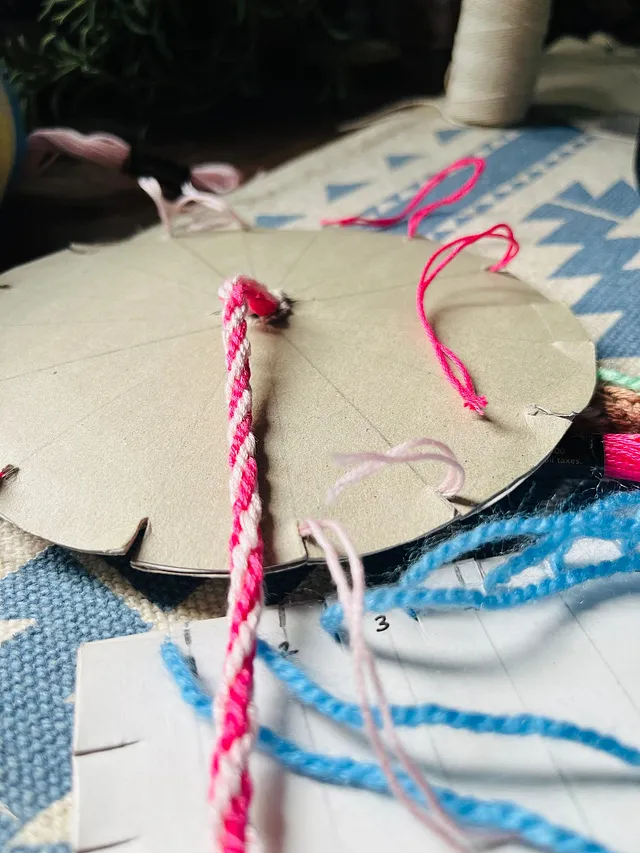
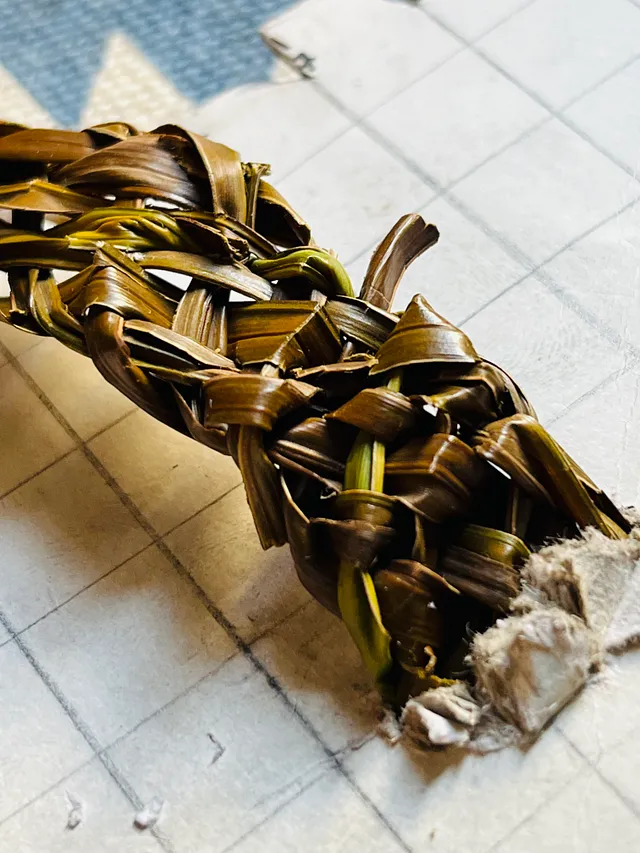

Anushka untangles sprang weaving. It’s not a commonly known technique so it was tricky to understand the nuances of it, she works her way through it and eventually created a garment using the technique.
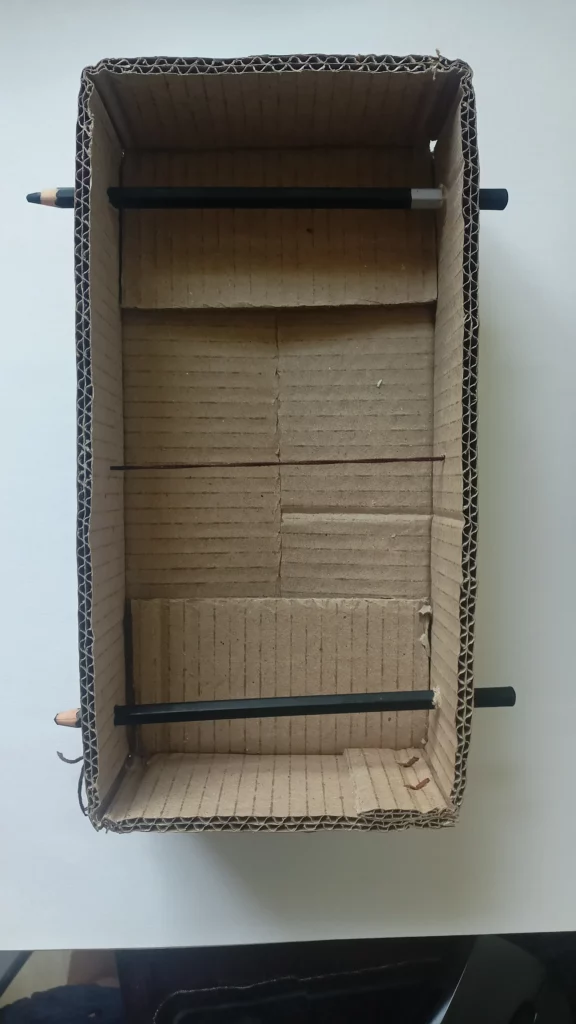
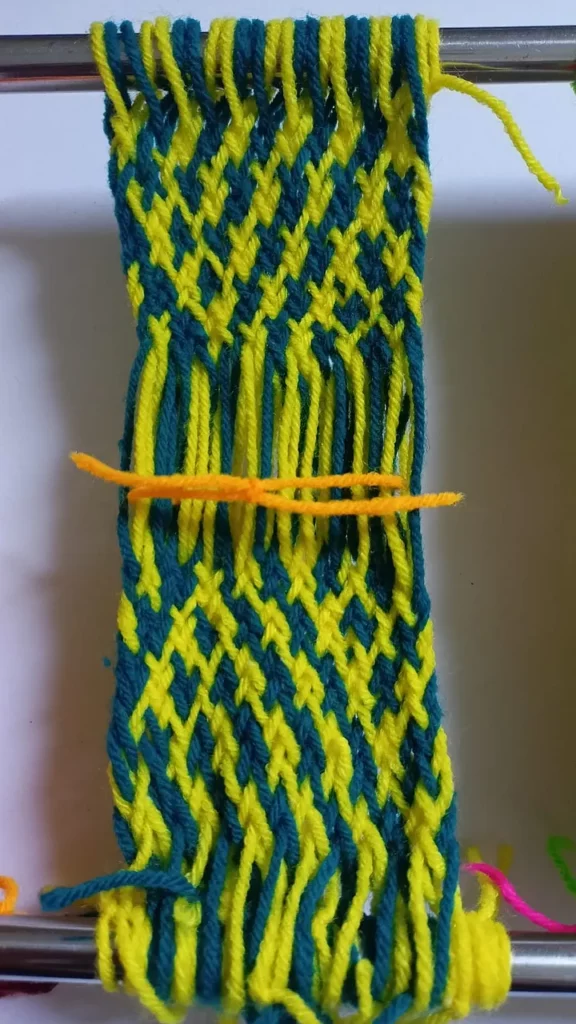

Hana travels to Navajo with a backstrap loom. What started as a fascination with the Navajo tapestry loom, led Hana to combine tapestry techniques with the back-strap loom. Some interesting origami inspired forms are developed. Along with Pankaj, they map out a visual tutorial of the process of setting up a back-strap loom at home.
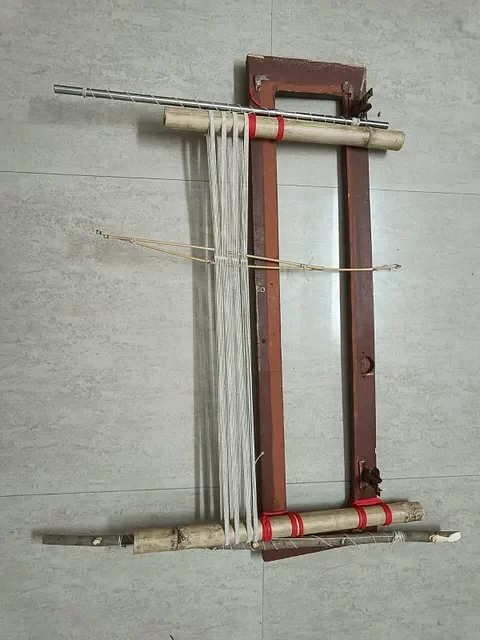

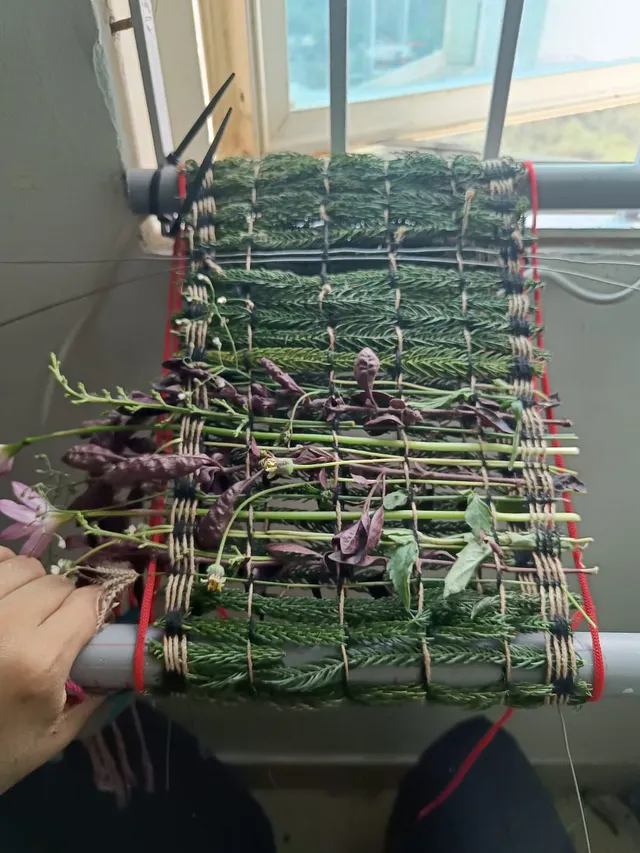
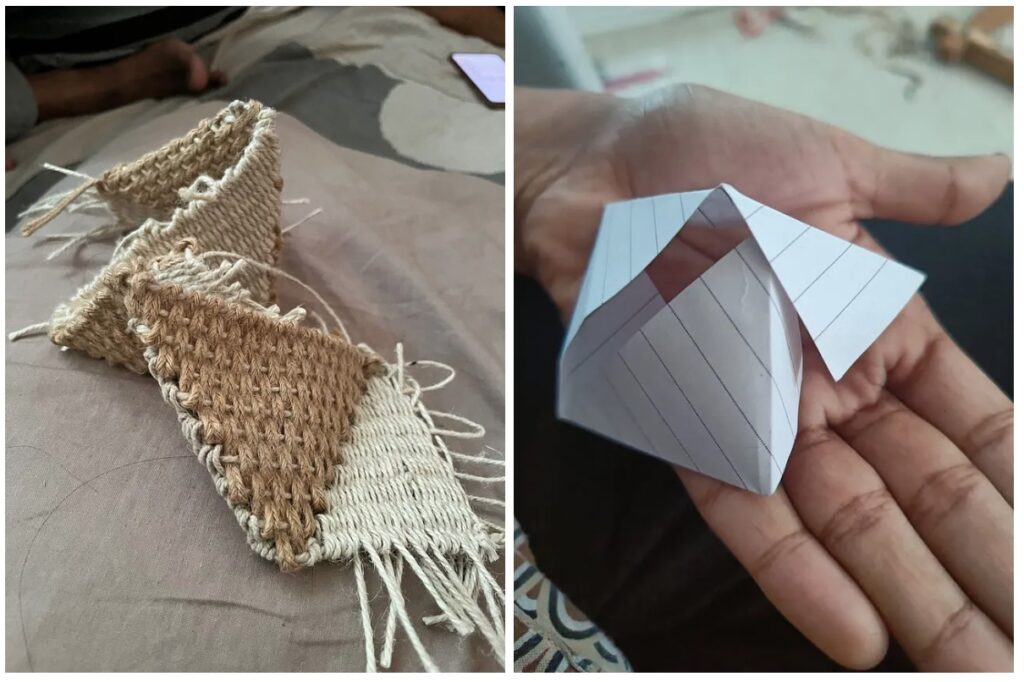
Nikita ventures into bobbin lace making. She used tools and materials that were easily available like pillows, pins and pencils to start experimenting with the lace making. The pencils were carved out to give the feel of a bobbin. She takes the exploration further by combining the double cloth concept in lace making.
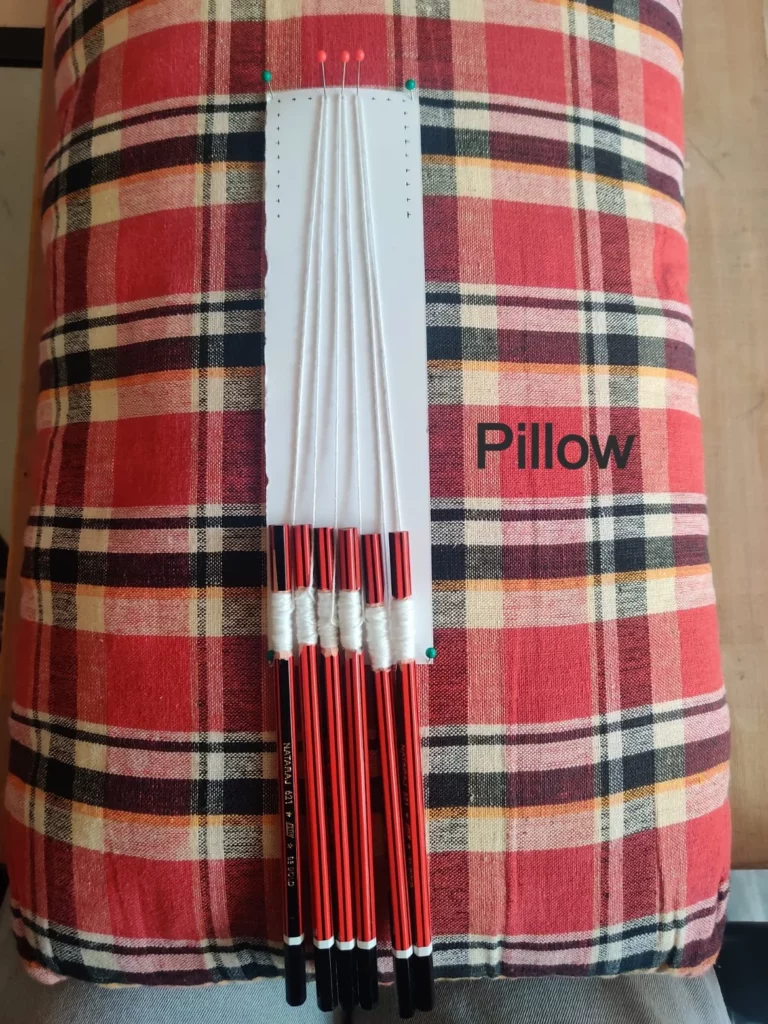
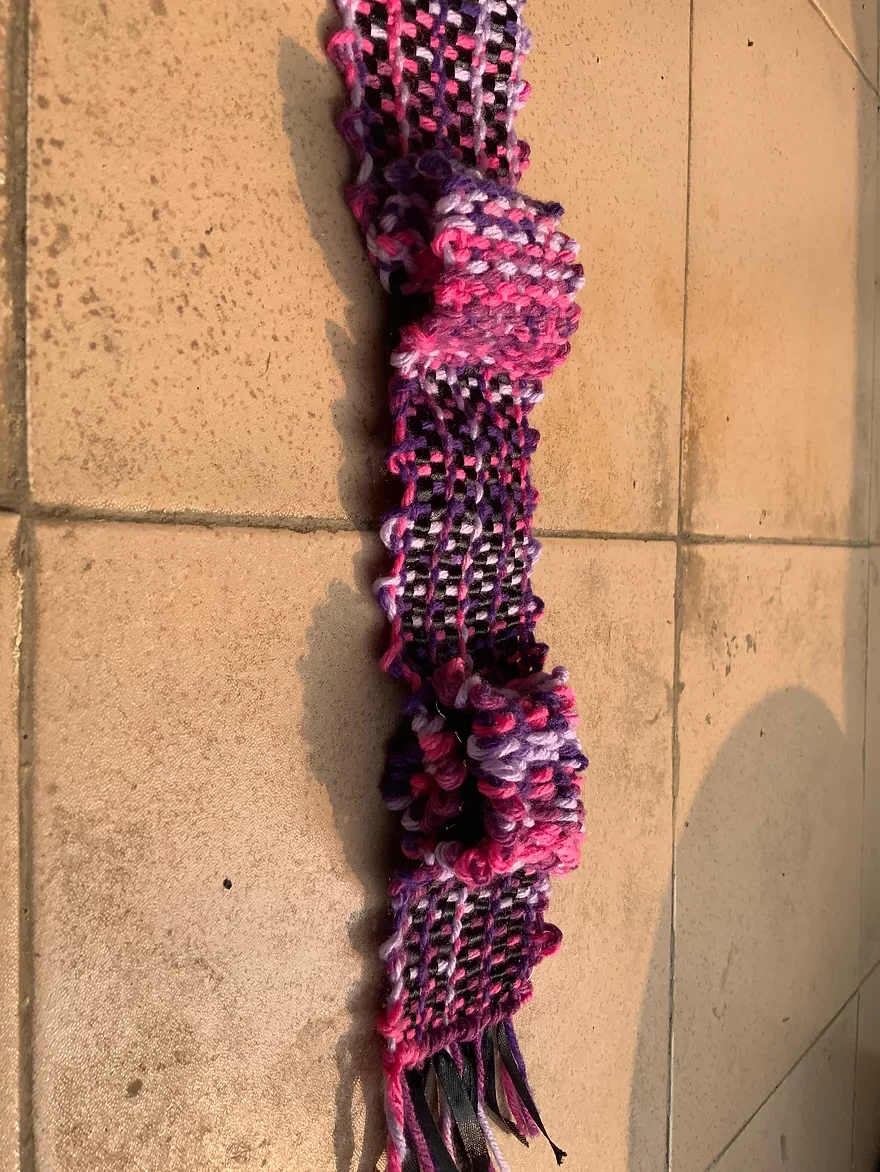
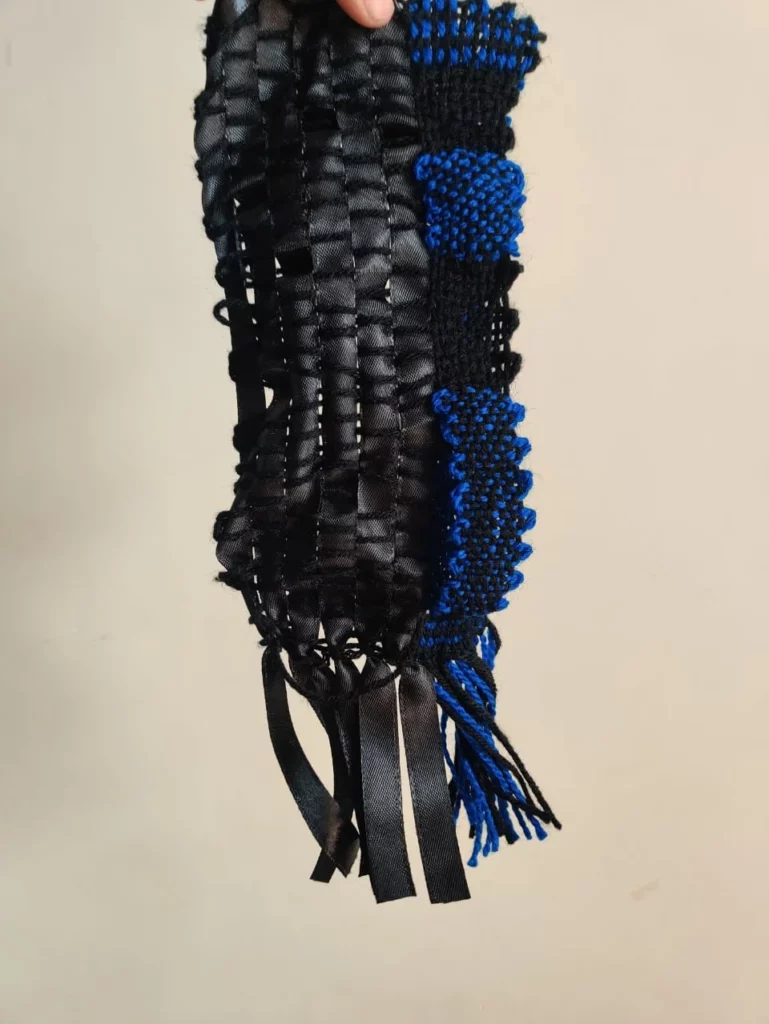
Ojaswini explores the panja dhurrie, something she witnessed growing up. She challenges herself by trying similar concept on a circular warp.
Sindhuja‘s journey on the tapestry loom balances function and art. Using unusual combination of materials and different techniques, Sindhuja explores simple weaving with complex textures.
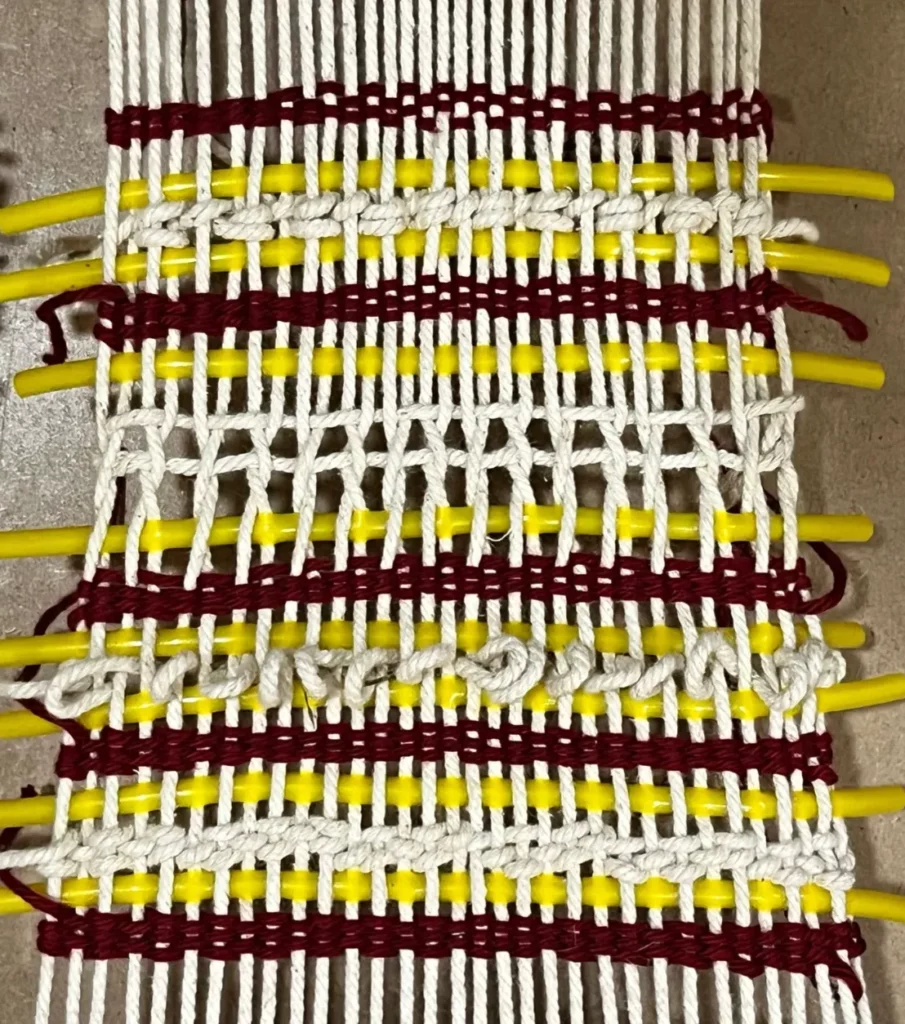
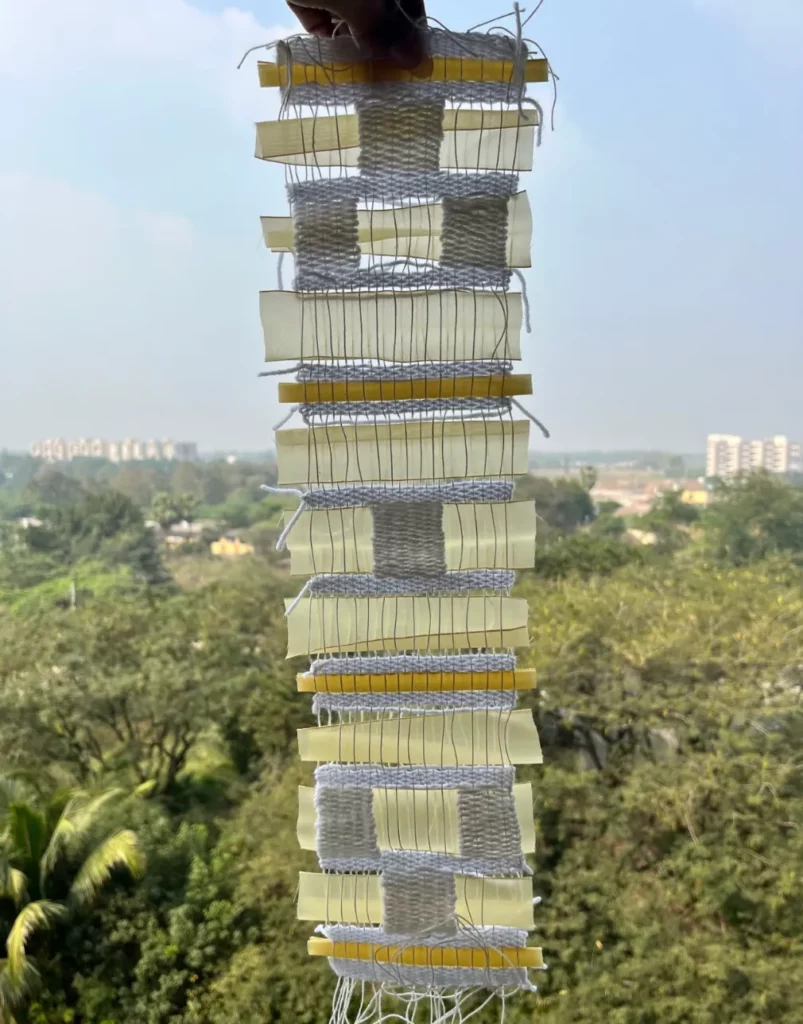

Pankaj plays with back-strap and tablet weaving. Decoding the tablet weaving and creating new patterns and designs led him to combine it with the back-strap loom to weave a unique combination. Along with Hana, they map out a visual tutorial of the process of setting up a back-strap loom at home.
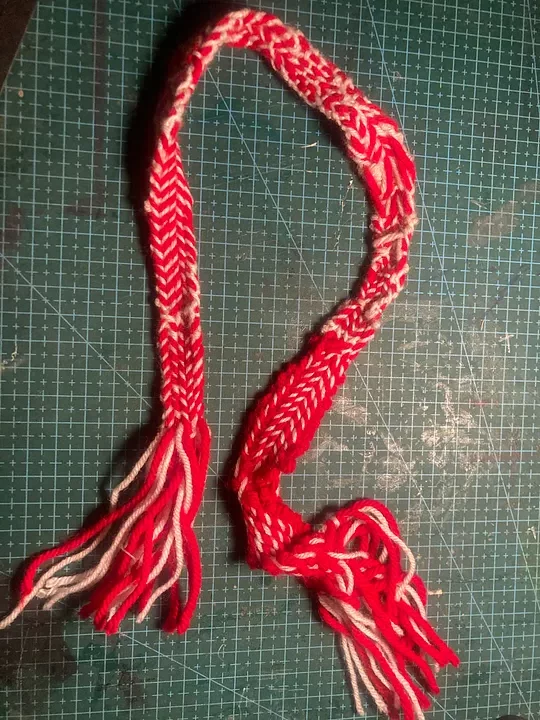
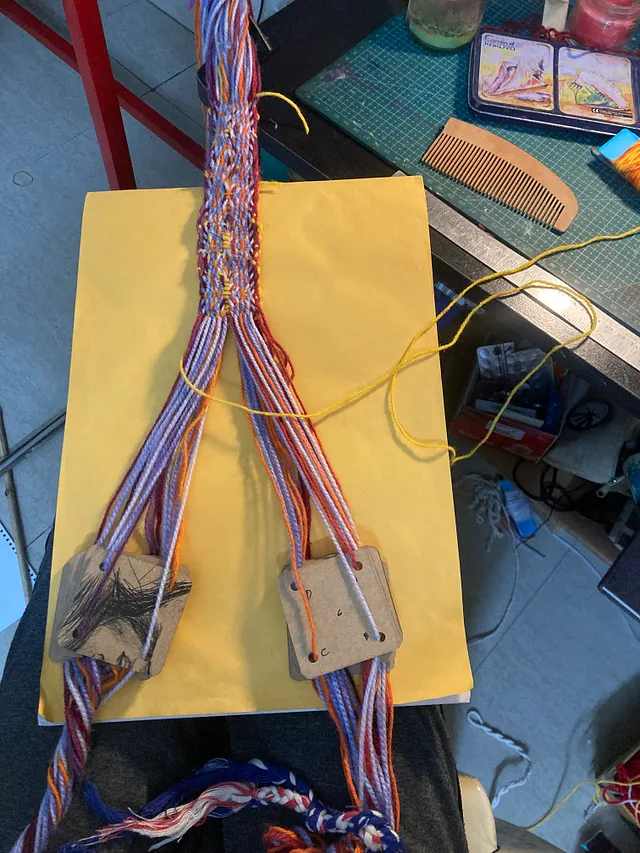
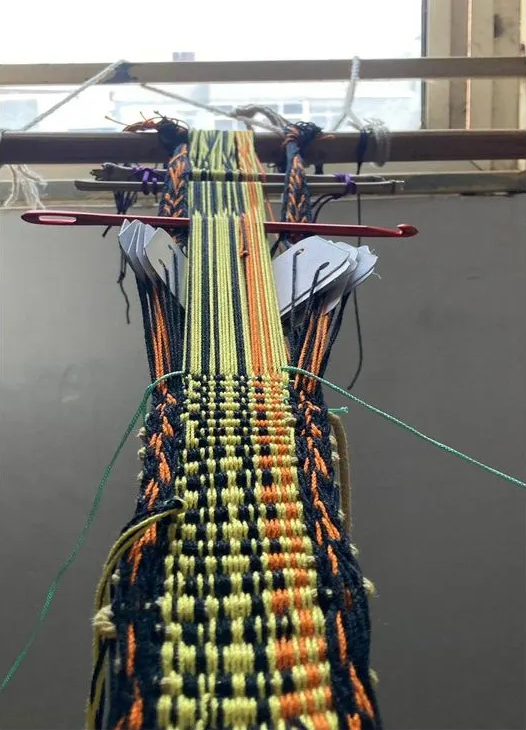
Vaishali documents and explores traditional chick weaving that’s a locally practiced craft. She combines different materials and patterns and meticulously documents the specifications and process.
